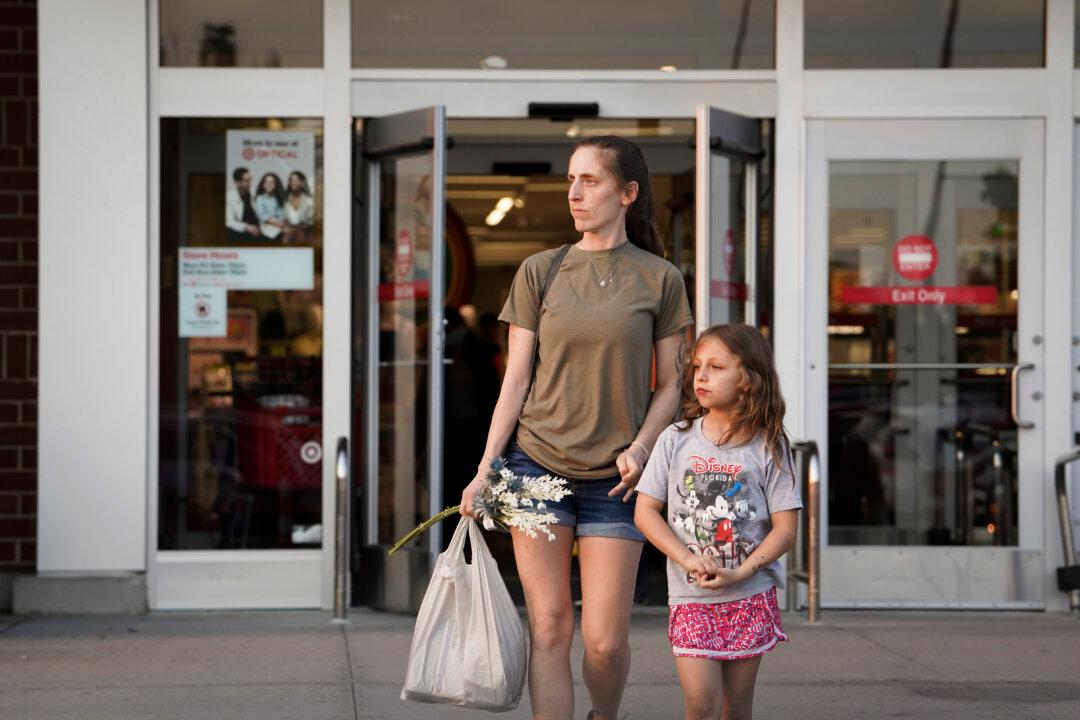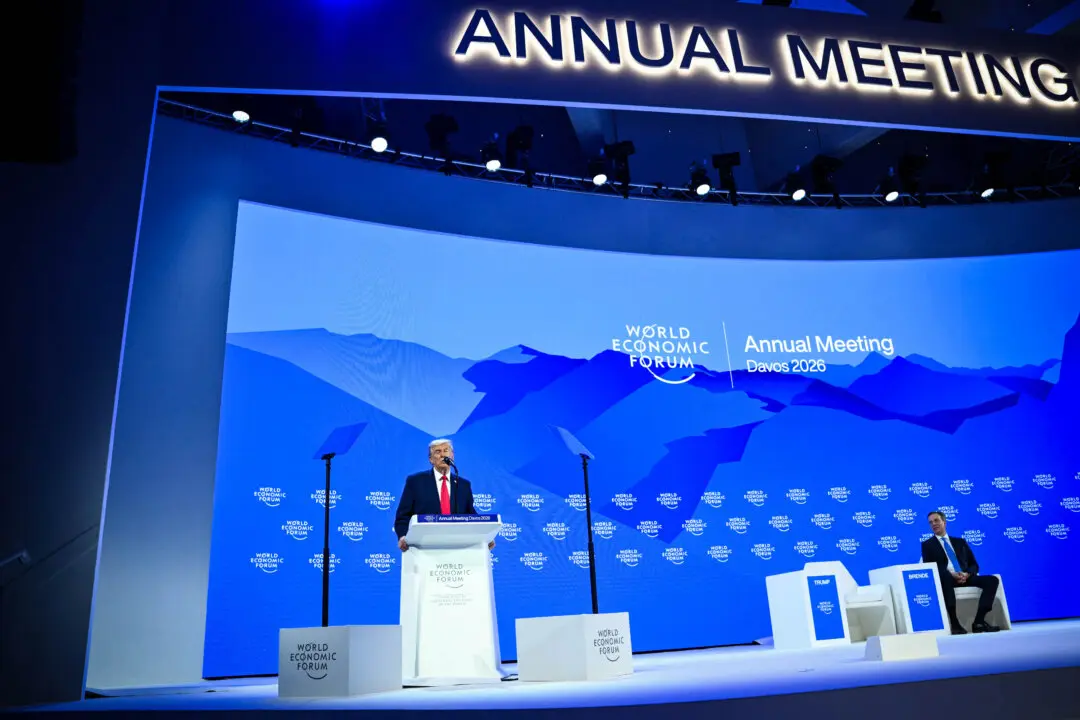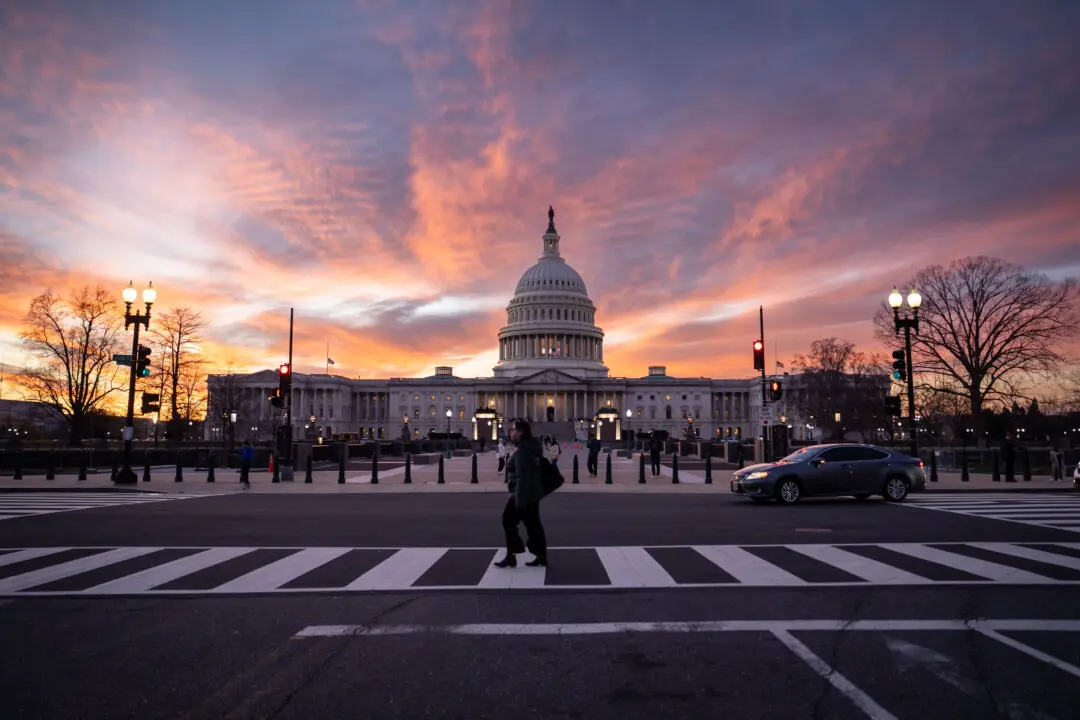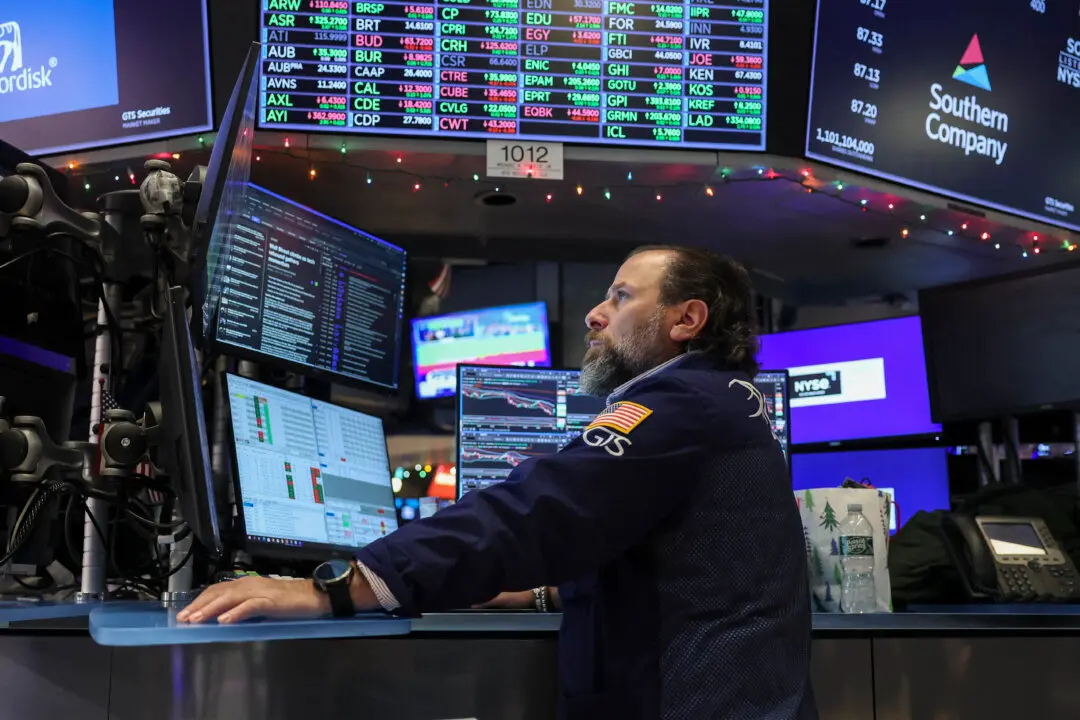The percentage of U.S. adults reporting that they were worse off financially climbed to 35 percent in 2022, the highest level since the Federal Reserve started tracking this statistic in 2014.
The Federal Reserve Board published on May 22 its “Economic Well-Being of U.S. Households in 2022” report, an annual assessment of the financial well-being of adults and their families that draws from the Survey of Household Economics and Decisionmaking (SHED). Fed Gov. Michelle Bowman said the data are crucial to help “refine our understanding of the economic challenges facing U.S. households.”





